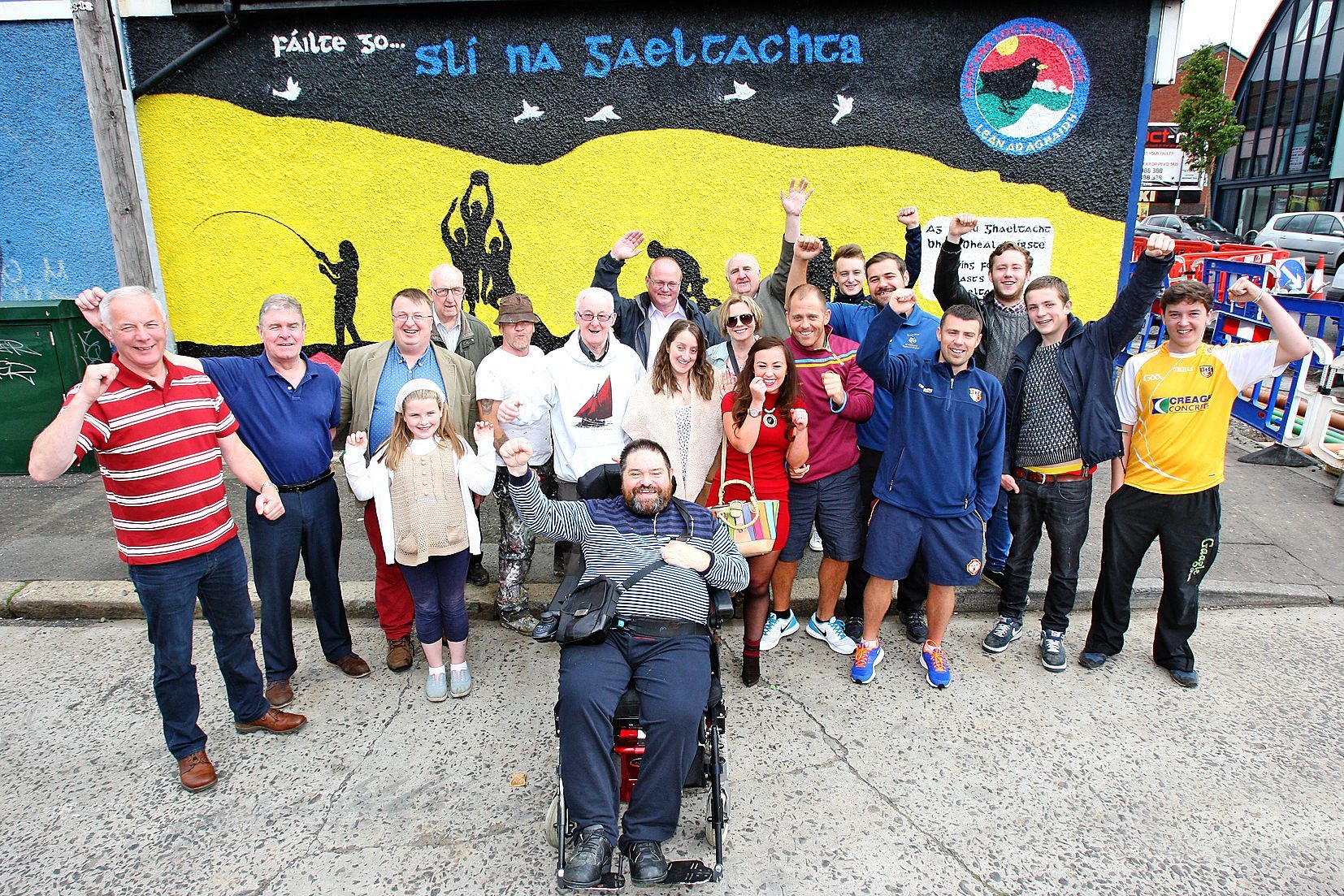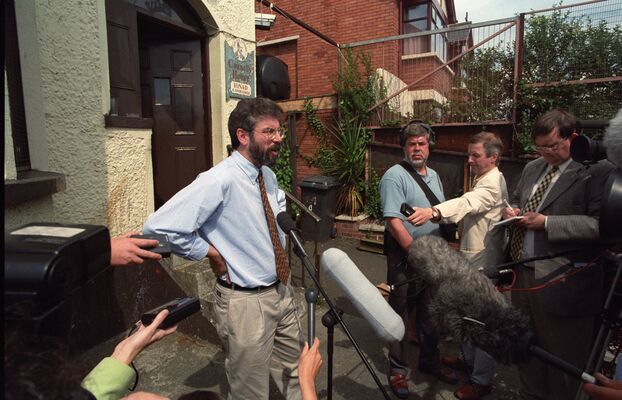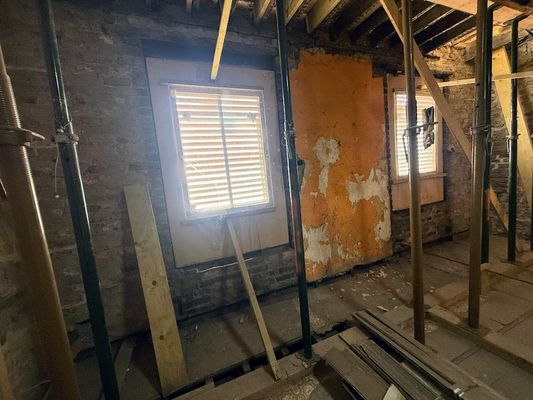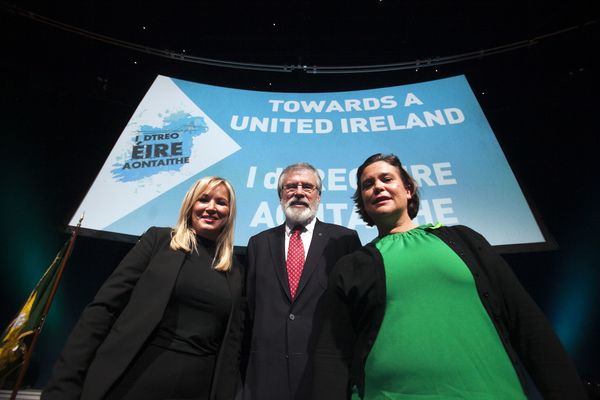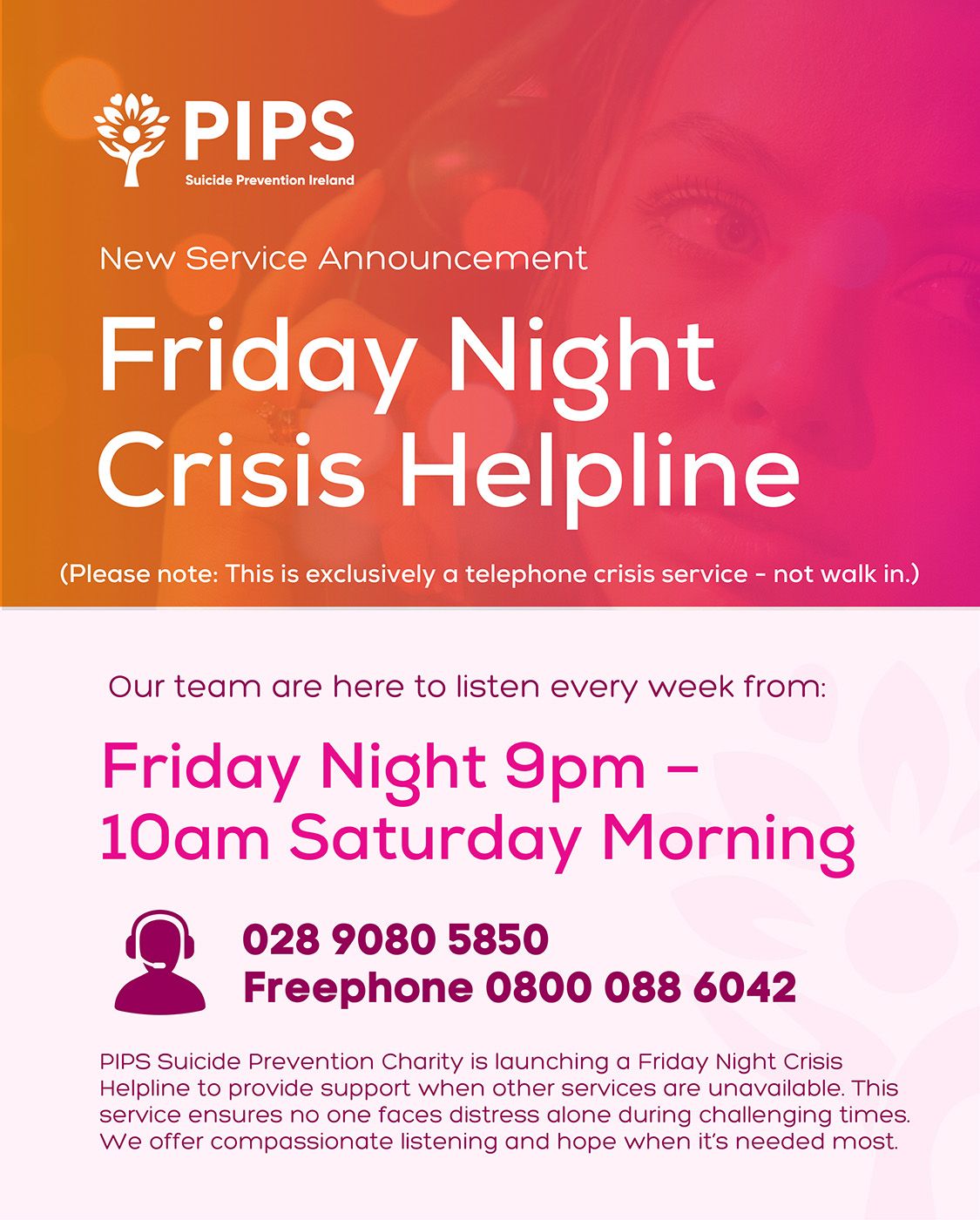The Task Force report for the Ceathrú Gaeltachta contained radical and innovative proposals, including the Development of a Cultural/Gaeltacht Quarter. There has always been an Irish language community in Belfast. Like the rest of the island it suffered as a result of British colonial policy.
This involved a deliberate strategy to destroy the language and culture. Why? Because the language and culture of any society is part of what helps define its uniqueness. Cultural colonialism decreed that any social or political discourse in Ireland must be in English.
A cruel and brutal process targeted all things Irish. In truth languages die out when fewer new speakers replace those of previous generations. Irish used to be in that category, but today interest in the Irish language is growing and many young people north and south want to speak Irish.
The recent census in the Six Counties recorded Irish language speakers. In Belfast 51,583 people or 15.46% of the population are Irish speakers. Coláiste Feirste was founded in 1991 with nine pupils, in makeshift rooms above what is now An Chultúrlann.
The conditions for staff and pupils were appalling. Eventually it moved from An Chultúrlann to what had been Our Lady’s Hospital, or nursing home. Today, it is an ultra-modern secondary school with over 900 pupils. In St Mary’s University College new teachers are being trained for the Irish medium schools that are springing up all across the North.
Mol an óige: Bunscoil Phobal Feirste first year pupils in 2006 Mia Dunlop, Sadbh Quinlivan McCann and Christine Bennett
All of this is a long way from the hardships of the 19th century, or indeed of the 1970s when activists and parents first established a Bunscoil on the Shaws Road. They battled mightily against an education department and political establishment that saw its goal as primarily one of undermining the language and the school. The Bunscoil was not the only target for this prejudice.
Glór na nGael was one of the first victims of political vetting by the British government. But against all the odds the families and pupils and teachers succeeded. And out of their success and as a consequence of the renaissance in the Irish language fostered in the prisons by Bobby Sands and his comrades, interest in the Irish language is greater now in west Belfast than in generations.
In addition, the provision of resources to Irish medium education has made a significant contribution to the growth and strength of the language today. In West Belfast, as well as Coláiste Feirste, there are now five naíscoil and six bunscoil and across the North there are over 7,000 pupils involved in Irish medium education.
For those who wish, it is possible in this constituency to do all your business through the medium of Irish in local shops, pubs and other places. And this growth in the Irish language sector is set to continue.
An Acht Gaeilge protecting the rights and entitlements of Irish speakers will speed up growth. The vigour and resilience of the Irish language community, especially An Dream Dearg, in campaigning for these rights is exemplary.
So, An Cheathrú Ghaeltachta is more than some small ‘niche’ project linked to a tiny local market.
It has real potential to become a major catalyst for further significant regeneration and revitalisation in West Belfast. The cluster of education, tourism, crafts and music projects – and the popularity of Raidió Fáilte as well as business and employment opportunities and conflict resolution projects – is unique.
Our task is to build on the positives by expanding our local initiatives, and working in partnership with investors and government to expand on the possibilities for growth and regeneration that now exist.
An Cheathrú Ghaeltachta is an exciting, innovative and pioneering concept. It can make a genuine and essential difference in regeneration terms for West Belfast, as well as improve the quality of life of the citizens who live here.
So the next 50 years looks like it will be even more productive and exciting than the last 50. It’s all about building on our strengths. And our greatest strength is the people. Leanaigí ar aghaigh!

